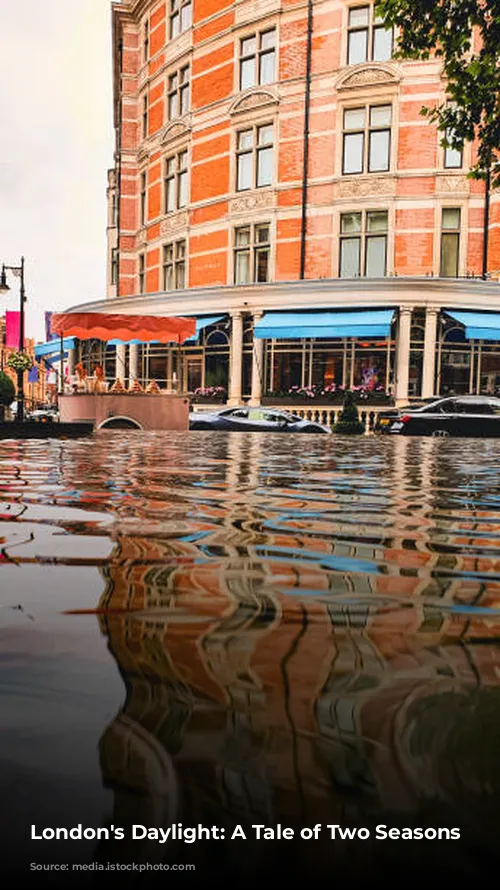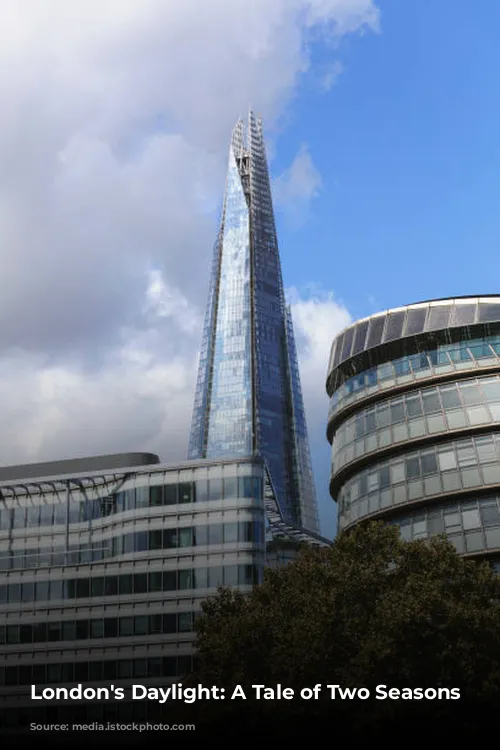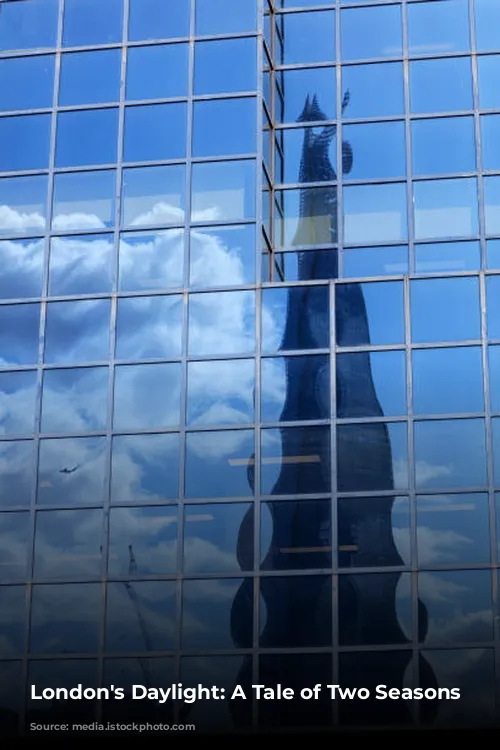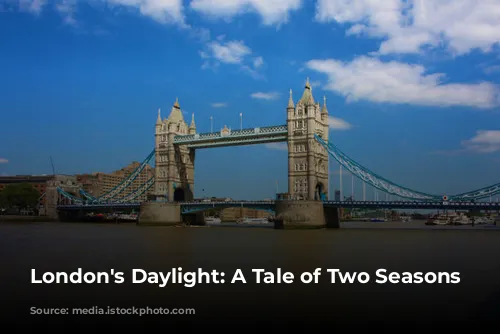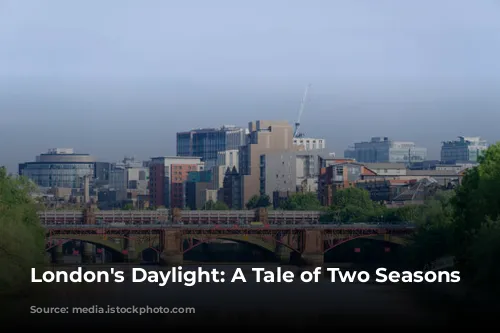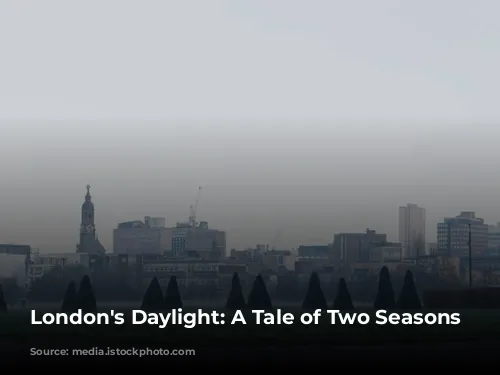London’s latitude, a mere 51°30’ North, plays a significant role in the city’s unique daylight patterns. While residents of sunny California might be accustomed to long, bright days, those living in the British capital face a stark contrast: short winter days and long summer days. This creates a fascinating dichotomy, with distinct challenges for Londoners.
As autumn transitions into winter, the daylight hours dramatically decrease. Londoners experience a noticeable shortening of days, particularly in October. It’s not uncommon to find yourself leaving home and arriving at work in the darkness, as the sun barely rises before 8am and sets by 4pm. This shift can have a dampening effect on spirits, especially for those accustomed to longer days.
Conversely, summer in London brings a striking change, with the sun rising as early as 4am! This early sunrise, combined with the chirping of birds, can make getting a good night’s sleep challenging. The sun’s presence extends well into the evening, with sunsets occurring around 9:20pm in June. This late sunset, although beautiful, can make it difficult to get children to bed at a reasonable hour.
To mitigate the effects of the early morning sun during the summer, many Londoners rely on blackout curtains. These essential window coverings provide much-needed darkness for sleep and even offer thermal insulation during the winter months.
A Surprisingly Temperate Climate
Despite its northerly location, London enjoys a surprisingly temperate climate. The warm Gulf Stream, a current carrying warm water from the Caribbean to Western Europe, keeps the British Isles warmer than one would expect for their latitude. This influence results in mild winters and moderate summers.
January’s average daytime temperature hovers around 8°C (46°F), while July boasts an average high of 22°C (73°F). Of course, there are occasional summer days when temperatures soar above 25°C (77°F) or even 30°C (86°F). Conversely, winter temperatures can dip below freezing, but most homes have heating systems to provide comfort.

London’s Rainy Days
Rain is a constant companion in London, falling throughout the year. While the average rainfall isn’t exceptionally high (around 23 inches/58 centimeters annually), drizzle seems to be a regular occurrence. The easiest way to stay dry is to keep a lightweight umbrella or waterproof jacket handy. Occasional thunderstorms bring heavier downpours, but most rainfall is fairly light.
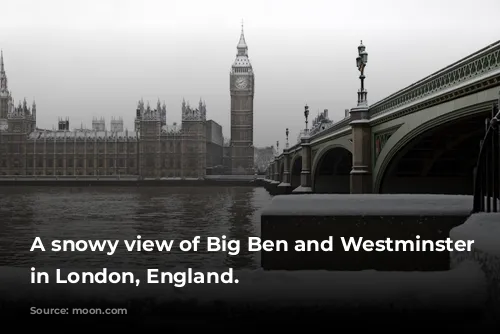
The Rare Sight of Snow in London
Much to the dismay of London’s children, snow is a rare sight in the city. The city’s high concentration of buildings and vehicles generates significant heat, making it difficult for temperatures to drop low enough for snow to accumulate. Generally, London is several degrees warmer than the surrounding countryside.
However, when snow does fall, it can bring London to a standstill. The Underground, which primarily runs underground in central London, becomes vulnerable to disruptions when exposed tracks are affected by snow and ice. Train services can also face cancellations and delays.
But perhaps the most affected by snow is London’s traffic. Even a small snowfall can cause major gridlock, as drivers unaccustomed to winter conditions struggle to navigate icy roads.
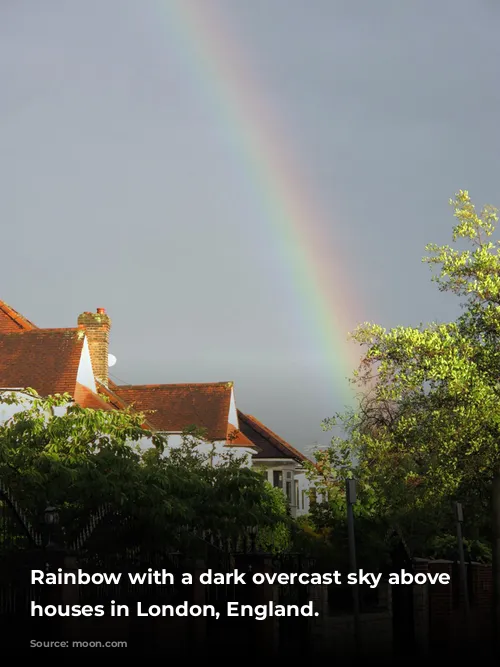
A Snowbound Shopping Trip
One memorable experience with snow in London involved a late afternoon shopping trip to a mall in North London. As I arrived, a light snowfall began. Hoping to avoid the evening rush, I quickly completed my shopping. However, within an hour, a significant amount of snow accumulated. For those used to heavy snowfalls, a couple of inches might seem insignificant. But in London, even a small amount of snow can paralyze the city.
Traffic came to a standstill, making my journey back home a nightmare. The roads weren’t gritted with sand and salt in time, creating treacherous driving conditions. The situation was exacerbated by the mall’s entrance and exit being located on a hill, which proved too challenging for many drivers. This, combined with the unfamiliarity of many London drivers with snowy conditions, resulted in accidents and gridlock.
I later learned that some shoppers were unable to leave the mall that night, forcing them to spend the night there. This experience serves as a reminder of how quickly snow can bring London to a standstill.
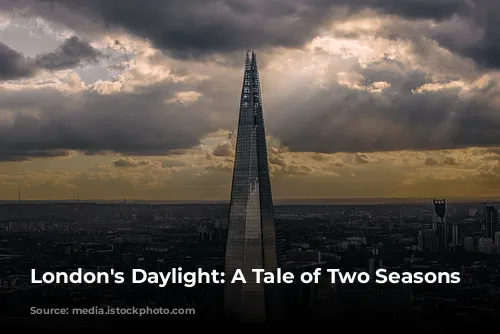
Climate Change: A Potential Factor in London’s Weather
While Britain has traditionally experienced relatively mild winters, recent years have seen colder temperatures and increased rainfall. This shift could be a natural fluctuation in weather patterns or a more concerning indication of climate change.
If London is indeed experiencing the effects of climate change, the city will need to adapt to more extreme weather conditions.
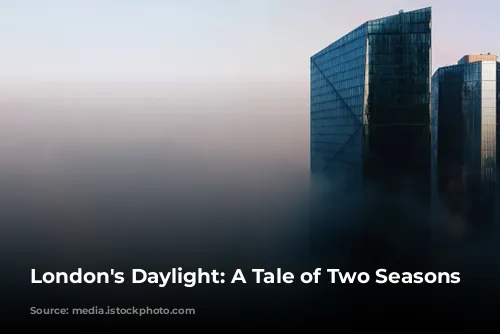
London’s Summers: A Mix of Sunshine and Dampness
Despite the occasional heat wave, London seldom experiences scorching summers. A few days in the low 80s (F) are considered pleasantly warm, prompting Londoners to head to the parks to enjoy the sunshine. It’s worth noting that most London homes aren’t equipped for extended hot weather, making air conditioning a rare commodity.
The summer of 2003 stands out as an exceptionally hot summer in London. However, most summers are characterized by a mix of sunshine and dampness, a fact that even Wimbledon tennis fans can attest to.
In conclusion, London’s weather is characterized by its unique daylight patterns, mild temperatures, frequent rain, and occasional snow. The city’s climate is a fascinating blend of temperate conditions, challenging snowfall, and damp, sunny summers. Whether you are a seasoned Londoner or a first-time visitor, understanding these weather patterns will help you prepare for your adventures in the British capital.
